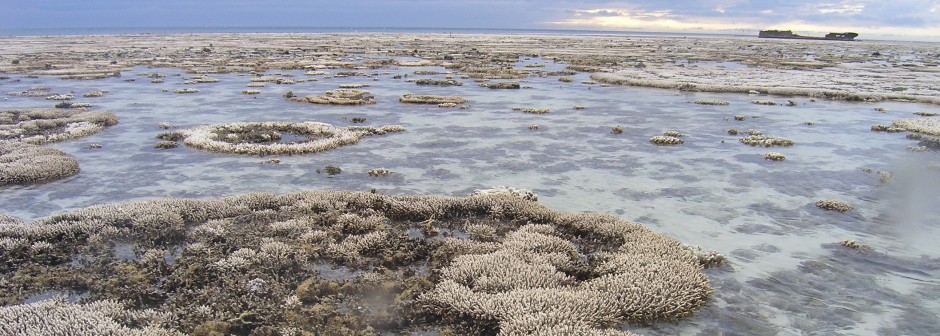Why estimate biodiversity? Why do we even care? The total biodiversity can be used to represent the total amount of information we can learn. The gap between the number of species currently known and the estimated total number of species signifies a gap in our knowledge base for ecosystems and the entire global system. And for researchers this can determine something even more important: funding. Money runs the world and the world of academics is no different. Research cannot be conducted without the necessary funds. Funds are typically rewarded to projects deemed impactful. For taxonomic research and discovery based research this could include research that rewards the greatest amount of discovery for the least effort exerted. Other research which fills in a specific gap in the understanding of ecological relationships can also be considered impactful.
Right now the question researchers still attempt to address is just how large this gap is. How many species are there really? How many species will researchers conceivably be able to find and describe? And since we cannot truly say how many species there are, how close of a guess can we make?
 Figure 1. Estimation of total marine and terrestrial species using strategy of higher taxonomy. Mora, et al.1
Figure 1. Estimation of total marine and terrestrial species using strategy of higher taxonomy. Mora, et al.1
Estimates are constantly being offered by scientists. Many use different strategies such as the use of higher taxonomic groups to estimate the total number of species (Figure 1, above). One such estimate from 2011 suggests a total global diversity of 8.7 million (± 1.3 mil) eukaryotic species. Of which, 2.2 million are predicted to be marine species1. Every estimate given includes a margin of error to account for the uncertainty. Another article estimated there to only between 0.7 and 1 million marine species2. Quite obviously, scientists have not yet agreed on an estimate of diversity.
As of 2012, 226,000~ marine species have been described, another 72,000~ have bee discovered, but not yet described2. So with different estimates, there is anywhere from 50-90% of marine species left to be discovered. This is a very large range. As species continue to be discovered, the data used to make these calculations becomes more comprehensive and will increase the power of the extrapolations that can be made. Further challenges include the breadth of knowledge required to recognize a new species, the wide geographic range, and accessibility.
Figure 2. House of cards metaphor. pc. Meghana Kulkami
Beyond estimations – why is biodiversity a concern? The distribution of biodiversity can help focus conservation efforts. It has been suggested that higher biodiversity is associated with stronger resilience. This is understandable as a greater number of species offers more opportunities for functional roles to be filled and at times be filled by more than one species. Maintaining biodiversity may be an important key to limiting impacts of invasive species, anthropogenic climate change, and other environmental stressors. In this way ecosystems with high biodiversity effectively function as a biological “house of cards”, allowing a single species to be removed without losing the entire ecological structure3 (Figure 2, above).
1Mora, et al. (2011) How Many Species Are There on Earth and in the Ocean? Plos biology. 9: 1-8
3https://www.e-education.psu.edu/geog030/node/398


